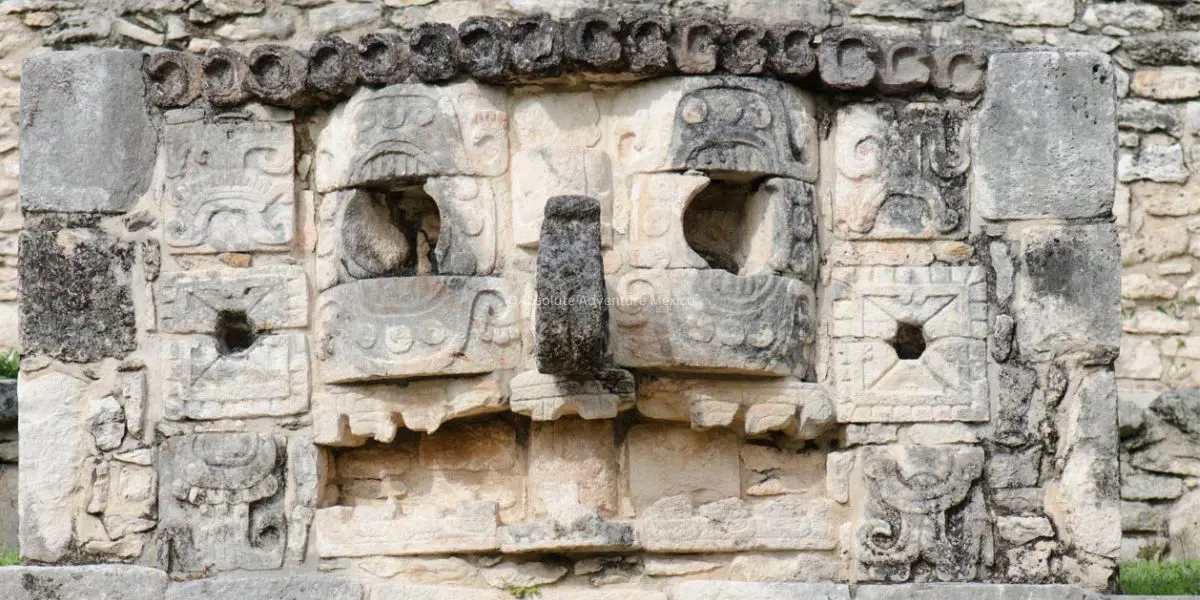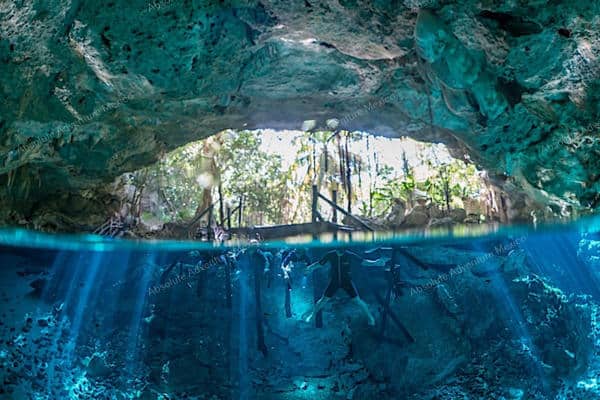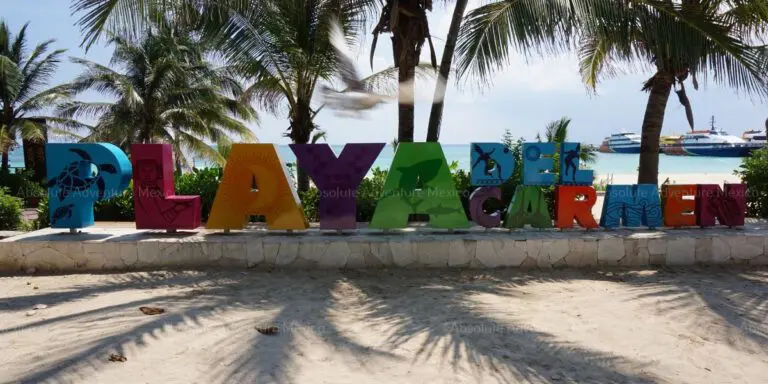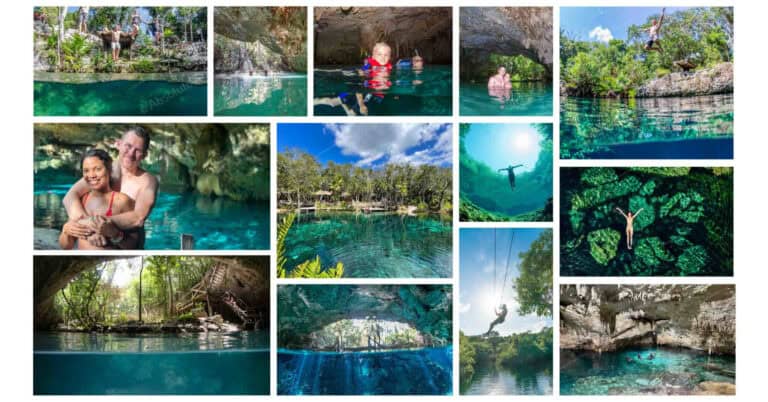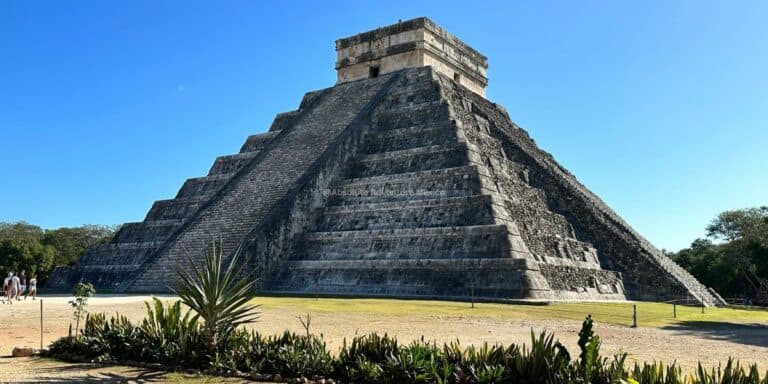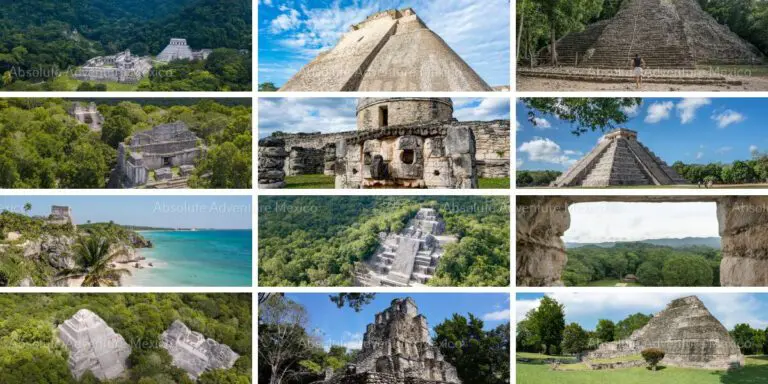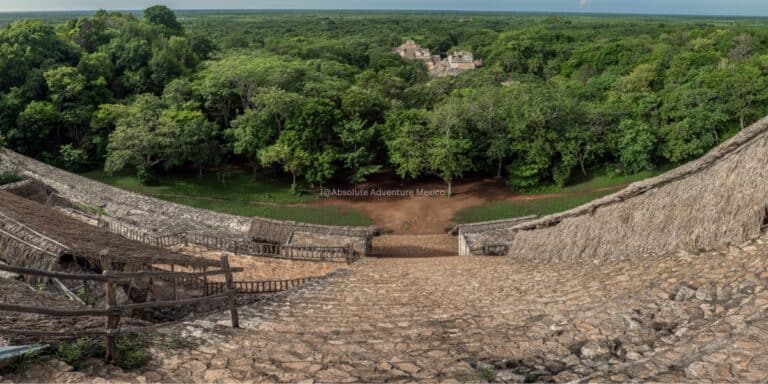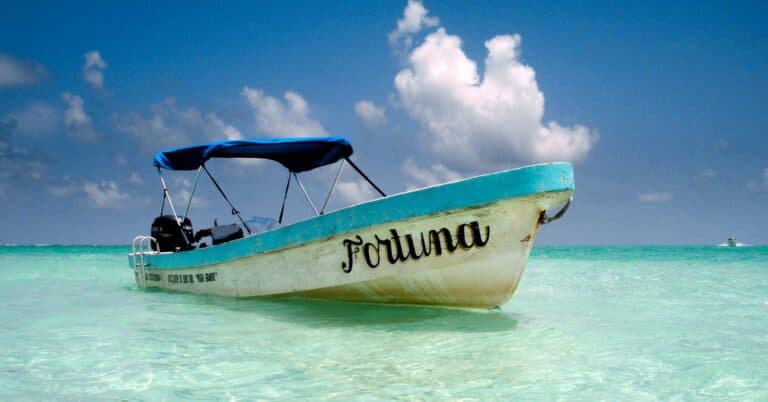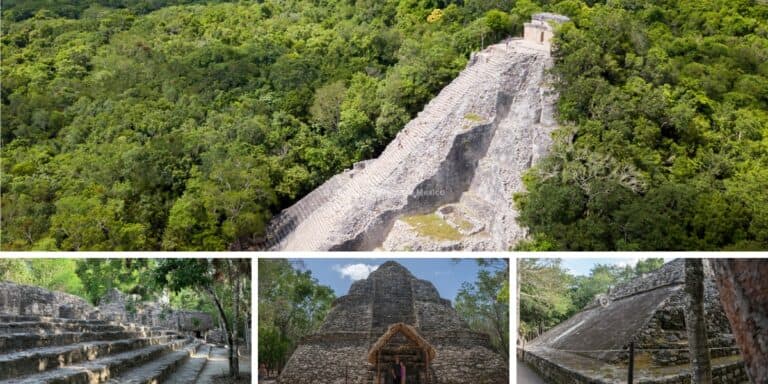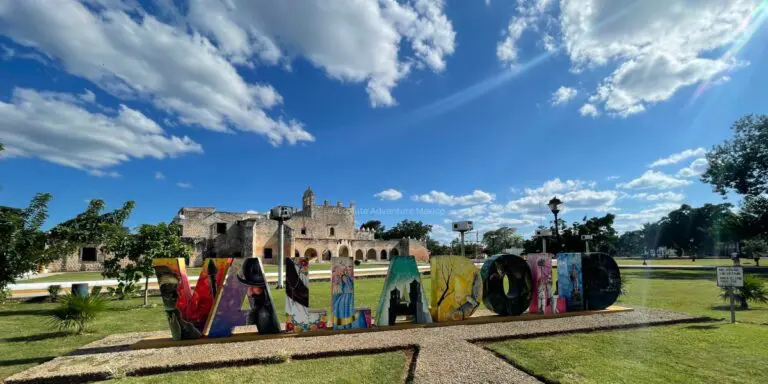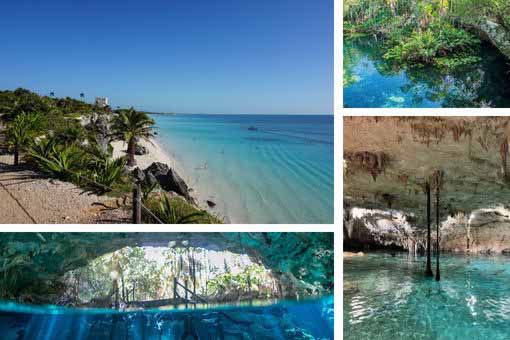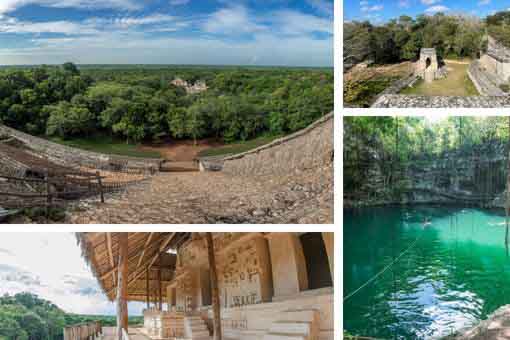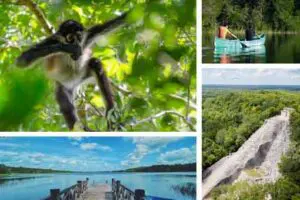The Yucatan Peninsula is one of Mexico’s most fascinating regions, blending ancient civilizations, vibrant cities, stunning natural wonders, and tropical coastlines.
Covering three states — Yucatán, Quintana Roo, and Campeche — this iconic destination offers a rich tapestry of culture, history, and adventure.
Let’s dive into the key facts you need to know!
Key Facts About the Yucatán Peninsula: History, Cities & Nature
Geography of the Yucatan Peninsula
The Yucatán Peninsula is a flat, low-lying limestone platform that separates the Gulf of Mexico from the Caribbean Sea. It’s known for its unique landscape:
No major rivers due to the porous limestone; fresh water flows underground through a vast network of caves and cenotes.
Cenotes (natural sinkholes) dot the landscape, providing crystal-clear freshwater pools.
The region is covered with tropical jungle, coastal wetlands, and mangrove forests.
The coastlines feature white-sand beaches, barrier reefs, and lagoons.
A Brief History of the Yucatan Peninsula
The history of the Yucatán is a journey through ancient greatness, cultural fusion, and colonial transformation.
The Origins: Preclassic Maya Civilization
The story of the Maya begins much earlier than the famous pyramids and cities we see today. During the Preclassic Period (2000 B.C. to 250 A.D.), the Maya gradually evolved from small farming villages into a complex and sophisticated society.
- Early Maya communities domesticated crops like maize, beans, and squash, laying the foundation for large-scale agriculture.
- They developed early forms of hieroglyphic writing, mathematics, and astronomy.
- Ceremonial centers began to appear, such as Nakbé and El Mirador (in northern Guatemala, near the Yucatán).
- Trade networks expanded across Mesoamerica, connecting the Maya to neighboring civilizations like the Olmecs.
By the end of the Preclassic era, the Maya had already built monumental architecture and formed powerful city-states, setting the stage for their later Golden Age.
The Glory of the Maya
Long before the Spanish arrived, the Yucatán was home to the Maya civilization, one of the most advanced ancient cultures in the world.
- From around 250 A.D. to 900 A.D., cities like Chichen Itza, Uxmal, Coba, and Ek Balam flourished.
- The Maya built towering pyramids, intricate temples, and observatories aligned with celestial events.
- They developed sophisticated systems in mathematics, astronomy, agriculture, and art.
By the 9th century, many major Maya cities were mysteriously abandoned. Scholars debate whether this was due to drought, resource depletion, warfare, or political upheaval.
The Rise of the Toltec Influence
After the decline of the Classic Maya civilization, the Yucatán Peninsula entered a new era marked by outside influence — particularly from the Toltecs, a powerful culture from central Mexico.
- Around 950 to 1200 A.D., the Toltecs merged with local Maya groups, leading to a cultural and political resurgence.
- Chichen Itza became the dominant city during this period, reflecting a blend of Mayan and Toltec architectural styles. Temples like El Castillo (the Pyramid of Kukulkan) showcase serpent imagery, a hallmark of Toltec art.
- Other cities like Mayapán rose to prominence, forming loose confederations that controlled much of northern Yucatán.
- This era, known as the Postclassic Period, was characterized by increased trade, militarization, and religious changes, including the worship of Kukulkan (Feathered Serpent god).
This Toltec-Maya fusion left a lasting mark on Yucatán’s culture, setting the stage for the next major shift in the region’s history — the arrival of the Spanish conquistadors.
Spanish Colonization and Beyond
In the early 16th century, Spanish explorers led by Francisco de Montejo arrived on the peninsula. Despite fierce Maya resistance, the Spanish eventually established control, founding colonial cities like Mérida (1542) atop ancient Maya sites.
The Spanish introduced new agricultural practices, religion (Catholicism), and architecture, while many Maya traditions, languages, and rituals persisted — blending into a rich mestizo culture still visible today.
In modern times, the Yucatán has evolved into a major tourism, ecological, and cultural hub while maintaining its proud indigenous heritage.
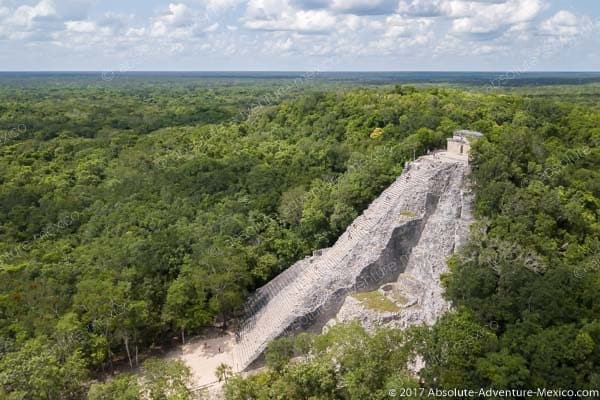
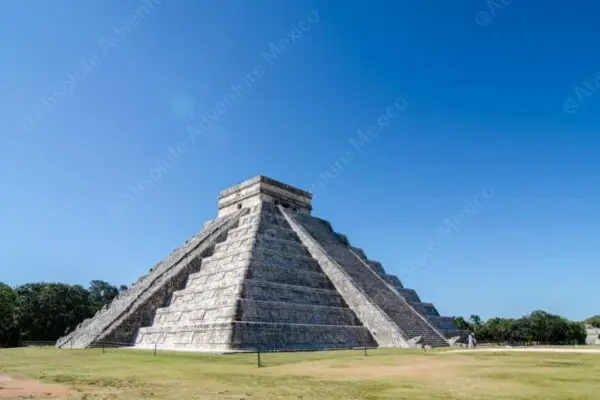
The Three States of the Yucatan Peninsula
Today, the peninsula is divided into three Mexican states, each with unique characteristics:
Yucatán
Yucatán is the largest state in terms of land area and is home to the city of Mérida, the region’s cultural and economic heart.
Mérida is surrounded by key cities like Valladolid and Progreso, which help support the local economy.
The state has a population of approximately 2.4 million people, with its main industries focused on tourism, agriculture, and textiles.
Quintana Roo
To the east, Quintana Roo is renowned for its world-famous tourist destinations such as Cancún, Playa del Carmen, and Tulum.
The capital city, Chetumal, serves as a government and trade hub. Quintana Roo’s population is around 2 million, with the state’s economy heavily relying on tourism, alongside growing industries in services and construction due to the rapid development along the Caribbean coast.
Campeche
Lastly, Campeche is a smaller state but significant for its oil production, fishing, and tourism industries.
The state’s capital, Campeche City, is a UNESCO World Heritage site due to its colonial architecture and rich history.
The population of Campeche is around 928,000, and it is known for its maritime industries, especially in places like Ciudad del Carmen and Champotón.
Natural Wonders of the Yucatan Peninsula
The peninsula is an outdoor paradise full of natural beauty and biodiversity.
Natural Reserves and Biospheres
Sian Ka’an Biosphere Reserve (UNESCO World Heritage Site) – Near Tulum; mangroves, wetlands, and coral reefs.
Calakmul Biosphere Reserve – Deep jungle, home to jaguars and ancient Maya ruins.
Río Lagartos Biosphere Reserve – Flamingos and salt flats (Las Coloradas pink lakes).
Celestún Biosphere Reserve – Mangroves and birdwatching.
Jungle and Cenotes
The Yucatán Peninsula’s lush jungles are more than just a green backdrop — they are vibrant ecosystems teeming with life.
In the dense forests, visitors may encounter howler monkeys, spider monkeys, colorful toucans, and elusive big cats like the jaguar and ocelot. Punta Laguna Nature Reserve, near Cobá, is a wonderful place to see spider monkeys swinging through the trees and enjoy a peaceful canoe ride across a jungle lagoon. Other jungle reserves, such as Sian Ka’an and Calakmul, offer chances to spot wild deer, tapirs, crocodiles, and hundreds of tropical bird species.
Hidden deep in these forests are also countless cenotes — natural sinkholes formed by the collapse of limestone, revealing crystal-clear freshwater pools underground. Famous cenotes like Dos Ojos, Ik Kil, and Suytun are perfect for swimming, snorkeling, and marveling at the region’s unique geology. Adventurers can also find secret cenotes tucked away in the jungle, accessible only by small trails or with local guides.
Exploring the Yucatán’s jungles and cenotes is a true immersion into wild nature and ancient mysteries, offering a side of the peninsula far beyond the beaches.
Coastal Attractions
Cancún – World-famous beaches, nightlife, and luxury resorts.
Playa del Carmen – Vibrant seaside city, gateway to Cozumel and Xcaret parks.
Tulum – Bohemian beaches, eco-chic hotels, Mayan ruins overlooking the Caribbean.
Bacalar – Stunning “Lagoon of Seven Colors,” known for its vibrant blue waters and laid-back vibe.
Weather in the Yucatan Peninsula
The Yucatán enjoys a tropical climate that’s warm year-round:
Dry Season (Best time to visit): November to April — sunny skies, pleasant temperatures (24°C–29°C / 75°F–85°F).
Rainy Season: May to October — higher humidity and brief afternoon showers.
Hurricane Season: June to November — especially active from August to October, although direct hits are rare.
Tip: December to March is peak tourist season, offering the most comfortable weather for exploration.
How to Get to the Yucatan Peninsula (Airports)
The Yucatán Peninsula is easily accessible through several major airports:
Cancún International Airport (CUN): Mexico’s second-busiest airport, ideal for reaching Cancún, Riviera Maya, Playa del Carmen, Tulum, and Isla Mujeres.
Cozumel International Airport (CZM): Perfect for travelers heading straight to Cozumel Island for diving and beach adventures. From Cozumel, you can easily reach the mainland by taking the ferry to Playa del Carmen, a short and scenic 45-minute ride across the Caribbean Sea.
Tulum International Airport (TQO): Opened in 2024, the closest airport to Tulum and southern Quintana Roo destinations, offering direct flights from the U.S., Canada, and major Mexican cities.
Mérida International Airport (MID): Best for exploring Mérida, Chichen Itza, and Valladolid.
Chetumal International Airport (CTM): Serving southern Quintana Roo, including Bacalar and Mahahual.
From these airports, travelers can rent cars, book private transfers, or use ADO buses to reach their destinations with ease.
Frequently Asked Questions About the Yucatan Peninsula
What is the Yucatán Peninsula famous for?
The Yucatán Peninsula is renowned for its Mayan ruins, colorful colonial towns, gorgeous beaches, crystal-clear cenotes, and lush nature reserves.
What is the best time to visit the Yucatán Peninsula?
The ideal time to visit is during the dry season (November to April), when the weather is sunny and pleasant for outdoor activities and sightseeing.
Is the Yucatán Peninsula safe for travelers?
Yes, it is considered one of the safest regions in Mexico. Tourist areas like Mérida, Cancún, Playa del Carmen, and Tulum are very popular and generally safe, though usual travel precautions are recommended.
How can I travel around the Yucatán Peninsula?
You can rent a car, book private tours, take reliable ADO buses, or arrange private transfers to easily navigate the region.
What are the top attractions in the Yucatán Peninsula?
Highlights include Chichen Itza, Tulum Mayan Ruins, Cenote Dos Ojos, Sian Ka’an Reserve, Bacalar Lagoon, Mérida, and the beautiful beaches of Cancún and Playa del Carmen.
Ready to Discover the Wonders of the Mexico Yucatan Peninsula?
Whether you dream of snorkeling in cenotes, exploring ancient pyramids, lounging on white-sand beaches, or discovering colorful colonial cities — the Yucatán Peninsula promises a journey you’ll never forget.
➡️ Check out our Private Tours and start planning your Yucatán adventure today!

